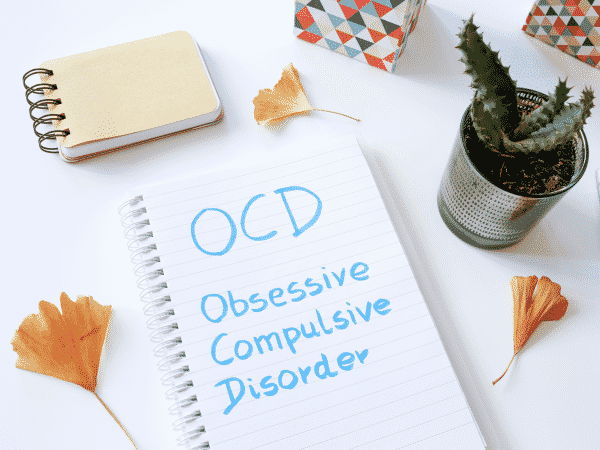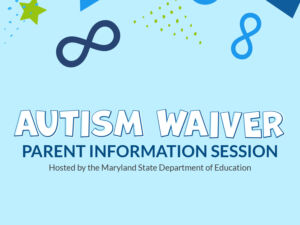Understanding Obsessive Compulsive Disorder (OCD)

From the OCD and Anxiety Center of Greater Baltimore
Obsessions are frequent, intrusive and unwanted thoughts, images, or urges that feel outside of the child’s control. These obsessions are unpleasant for the child and typically cause a lot of worry, anxiety, and distress. Common obsessions may include:
- Worrying about germs, getting sick, or dying
- Extreme fears about bad things happening or doing something wrong
- Feeling that things have to be “just right”
- Disturbing and unwanted thoughts or images about hurting others
- Disturbing and unwanted thoughts or images of a sexual nature
Compulsions (also referred to as rituals) are behaviors the child feels he or she “must do” with the intention of getting rid of the upsetting feelings caused by the obsessions. A child may also believe that engaging in these compulsions will somehow prevent bad things from happening. Common compulsions may involve:
- Excessive checking (e.g., re-checking that the door is locked, that homework is perfect)
- Excessive washing and/or cleaning
- Repeating actions until they are “just right” or starting things over again (including excessive re-reading and re-writing)
- Ordering or arranging things
- Mental compulsions ( excessive praying, mental reviewing)
- Frequent confessing or apologizing
- Rituals involving lucky words, numbers, and superstitions
- Excessive reassurance seeking (e.g., always asking, “Are you sure I’m going to be okay?”)
- Avoiding situations that may trigger the obsessions (e.g., avoiding homework because it will never be “just right”)
An OCD diagnosis is warranted when these obsessions and compulsions are time consuming and are impairing day-to-day, which may include social and academic functioning.






